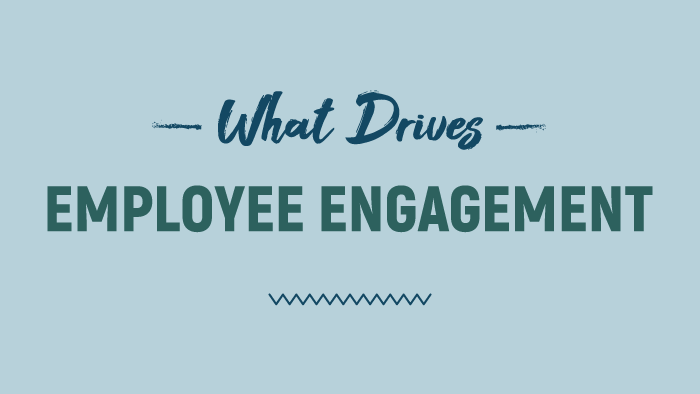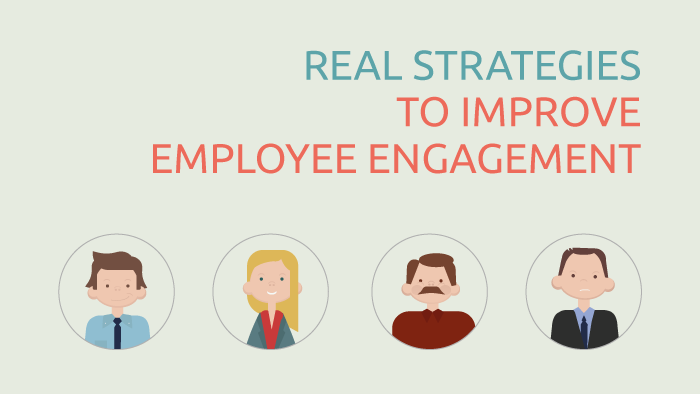We’re sure that by now you’ve heard all the buzz about quiet quitting – a phenomenon that Gallup found nearly 50% of the workforce in 2023 guilty of. Quiet quitting and active disengagement can be closely related to motivation in the workplace. Motivation and engagement are closely intertwined and external factors such as the economy, geoeconmic events, and personal lives. These factors, combined with individual office cultures, can make motivation in the workplace a little tricky, especially for new managers.
This naturally leads managers to seek answers, and discover real strategies to improve workplace motivation – with the right strategy, you can reduce the number of unmotivated employees in your workplace.
Why is motivation important in the workplace? Many studies on motivation in the workplace have found that even highly skilled employees perform poorly when they are not properly motivated. Additionally, well-motivated employees tend to perform better, which bolsters a company’s overall success.
How to Motivate Employees Without Money – Four Types of Motivation
There may be a certain perception that employee motivation is tied to salary – but the truth is that motivation is less financial, and more emotional (although being paid fairly is absolutely a factor).
The four-drive model of employee motivation outlines four main types of motivation:
- The drive to acquire
- The drive to bond
- The drive to comprehend
- The drive to defend
These drives represent four primary factors that can help motivate even the most unmotivated employees.
The more that you can tap into these types of motivation, the easier it will be to create a culture where employees can continually motivate themselves and each other, without relying on money alone to do it.
The Drive to Acquire
The drive to acquire may imply salary, but there’s much more to it – according to the team behind the four-drive model:
“This phenomenon applies not only to physical goods like food, clothing, housing, and money, but also to experiences like travel and entertainment—not to mention events that improve social status, such as being promoted and getting a corner office or a place on the corporate board.”
“Training employees for the next job should be a high priority for companies looking to improve their employee motivation.”
The Drive to Bond
The next drive, the drive to bond, is associated with powerful, positive emotions, like caring and passion – but if this drive is not met, it can lead to feelings of loneliness or animosity.
Building relationships is such a powerful predictor of engagement and motivation in the workplace – that’s why we’ve created this handbook to help employees develop emotional intelligence and stronger relationships.
Focusing on employee engagement is also a great way to motivate employees, and by motivating employees, you get higher engagement. Check out our infographic on employee engagement for tips on how to tackle engagement challenges.
The Drive to Comprehend
The third drive, the drive to comprehend, is an inherent drive to understand and make sense of the world around us. The theory’s authors write, “Employees are motivated by jobs that challenge them and enable them to grow and learn, and they are demoralized by those that seem to be monotonous.”
Learning itself is an important motivator, and when your training program is used strategically, it can act as a powerful source of employee motivation!
The Drive to Defend
Finally, your employees each have the drive to defend. This drive may be obvious in the context of family and friends, but how else does this come into play in the workplace?
Consider mergers and acquisitions, when structures and processes are likely to change quickly. During this time, employees may feel fearful or resent the changes. This is a sign that their drive to defend is being challenged.
This is also a reason that coaching is an important skill for managers and leaders to develop. Criticism delivered the wrong way may trigger an employee’s drive to defend their own work, making them resistant to implement changes! That can be a very helpful way to understand what’s happening when you’re struggling with motivating difficult employees.
One thing to note is that unlike other models of motivation, like Maslow’s hierarchy, these drives are not presented in any order – each drive may be fulfilled one way or another within your organization, and each may be met at varying levels.
That said, the more you can do to optimize these types of motivation in your organization, by helping employees feel valued, teaching them new things, helping them feel secure in their work, and facilitating interpersonal relationships, the closer you’ll get to building a healthy workplace culture, where employees feel motivated to offer their best work!
Understanding Effectance Motivation
Another model you can use for motivating difficult or disengaged employees is effectance motivation – which involves removing mental, emotional, and physical obstacles that stand in the way of an employee achieving success.
Through the lens of effectance motivation, you’ll be able to optimize the systems within your workplace so that employees feel empowered to bring their best self forward.
The effectance model is built upon the idea that after basic needs are met, we find a new drive to have an effect on our environment.
When that environment is our workplace, that drive becomes our motivation, and it manifests in three distinct forms. The types of effectance motivation include:
- People effectance – our ability to have a positive impact on those around us
- Object effectance – our ability to repair, build, and create things
- Self effectance – the feeling we have when we believe we are in control of our lives or careers
These various types of effectance play into an employee’s overall level of motivation in the workplace.
It’s the job of management and the workplace itself to foster relationships, empower employees, and help provide career paths so that employees understand that they are in control of their own careers.
Optimizing these factors will have a powerful impact on the level of motivation in your workplace.
The Common Threads in Motivation Models
Ultimately, prevailing theories will almost always have a few things in common, and these similarities are what lie at the heart of employee motivation.
Relationships are important to your employees’ morale. Developing emotional intelligence is an important process of building stronger relationships in the workplace, but a function of relationship-building that often gets overlooked is employee retention.
Relationships require time to develop and mature, and if employee turnover is too high, often these relationships never reach maturity. When that happens, an employee may begin feeling lonely or isolated at work, and struggle with both their people-effectance and their drive to bond. This is especially important for building motivation in remote workplaces or in hybrid environments.
Employees also want a strong sense of security in their work – at the surface, that may include an organization maintaining financial stability, but there are further strategies that organizations can take to improve the sense of security that employees feel within their roles, such as regular performance conversations.
Preparing managers to deliver feedback properly can have a tremendous effect on the level of security your employees feel in their job. Good criticism won’t leave employees feeling insecure about their abilities, and strong feedback will affirm them and provide the confidence they seek to fulfill their drive to defend.
Finally, employees want to leave an impact in the workplace in one way or another – providing employees with meaningful work will improve both engagement and motivation, which both lead to better performance and business outcomes.
Motivation is a complex phenomenon, but one that can’t be overlooked for organizations to be successful.


